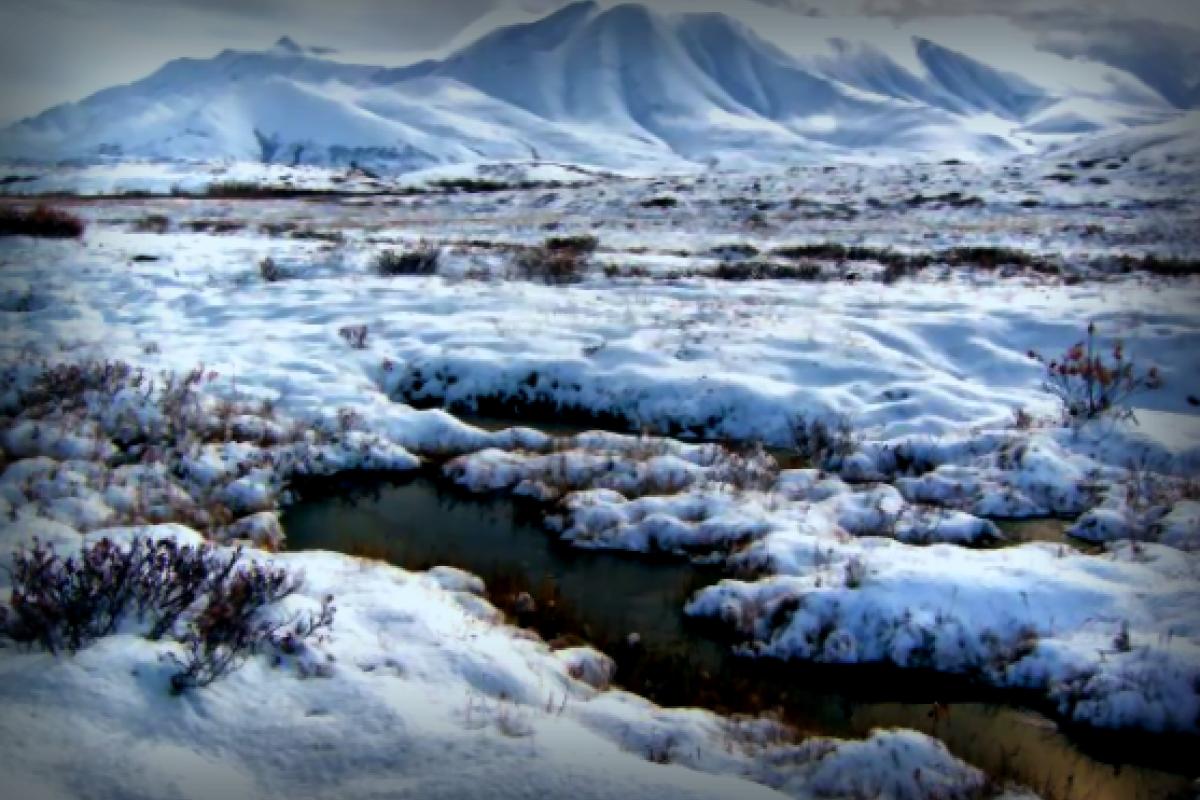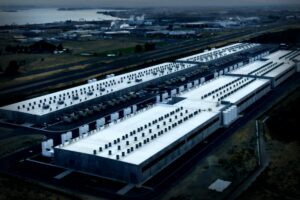Have you ever wondered if we could store heat underground? Well, a bunch of researchers from the National Renewable Energy Laboratory decided to find out. Their goal? To see if the summer heat could be saved and reused to keep us toasty in winter.
The study, published in the journal Energy and Buildings, took place in Fairbanks, Alaska—one of the coldest spots in the U.S.
The scientists experimented with a method called Borehole Thermal Energy Storage (BTES). This approach collects excess heat, often from something like a coal plant, during the warm months and stashes it underground in deep vertical holes. Then, when winter rolls in, that stored heat is circulated back up using geothermal heat pumps to warm buildings.
In a place like Fairbanks, where the heating needs soar compared to cooling needs, such a system could really reduce our reliance on dirty energy.
Geothermal expert Hyunjun Oh and his team worked with the NREL Alaska Campus and the Army Corps of Engineers to craft a 20-year BTES model for two military buildings in Fairbanks. They drilled 40 boreholes down 91 meters deep, spreading them about 100 meters apart from each other and from the buildings.
According to their modeling, this setup would meet heating demands for 20 whole years without needing to warm things up in advance. And when they did try preheating the boreholes with hot water for five years, the efficiency shot up, especially during the initial years. It was also noticed that boreholes in the middle performed even better, pointing toward ways we could minimize energy loss in future systems.
Unlike traditional geothermal systems that rely on naturally hot areas deep in the ground, BTES can be installed in chilly environments. This method utilizes excess heat from nearby sources, making it a good option for remote towns connected to major utility networks.
We’ve seen promising results from seasonal thermal energy storage projects in Finland, confirming that this model could be expanded and serve to reduce heating emissions. Furthermore, a similar setup from Kaunas University of Technology in Lithuania further solidifies BTES’s potential in chilly regions.
While BTES targets heat for winter, solar energy, including community solar options, can lead to savings all year long. In certain houses fitted with rooftop panels, monthly expenses can nearly hit zero based on your location and energy use.
Oh highlighted that their study marks one of the very first in the U.S. diving into how BTES can function with geothermal heat pumps. Since their findings were just for one site, they recommend tailoring future implementations depending on local energy needs and heat sources.

Don’t forget to subscribe to our free newsletter for the latest advancements that are making our lives better and building a sustainable future. Also, check out this list of easy ways to make a difference.
Unexpected Findings from Deep Beneath Alaskan Soil first appeared on The Cool Down.



















